Most broached products are produced in these facilities, when metal workpieces are broached internally or externally in high runs and large volumes. The broaching process is cost effective, easy and efficient because it is done with automated or CNC operated machinery that is either horizontal or vertical in orientation. Read More…
At Kager Industries, we specialize in providing comprehensive solutions for broaching, tailored to meet the diverse needs of our clientele. With years of experience and expertise in the industry, we have established ourselves as a trusted leader in precision machining, renowned for our commitment to excellence, innovation, and customer satisfaction.
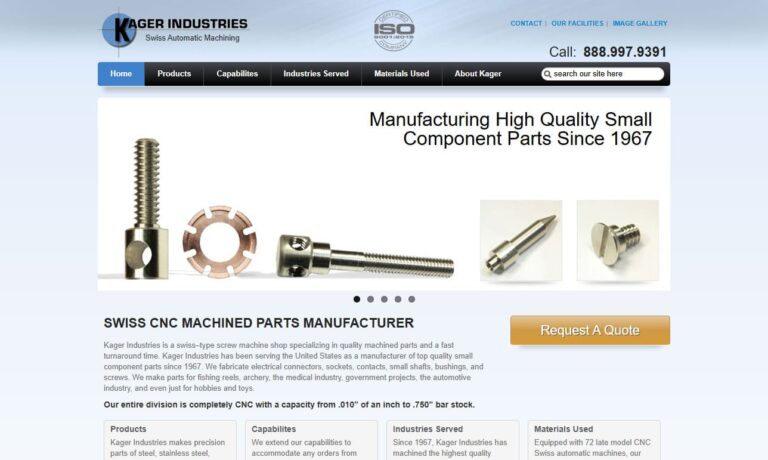
At Broaching Industries, Inc., we dedicate ourselves to precision metalworking through advanced broaching techniques that deliver consistent, repeatable results for customers across diverse industries. We have built our reputation on the ability to produce complex internal and external profiles with tight tolerances, clean finishes, and efficient production times.
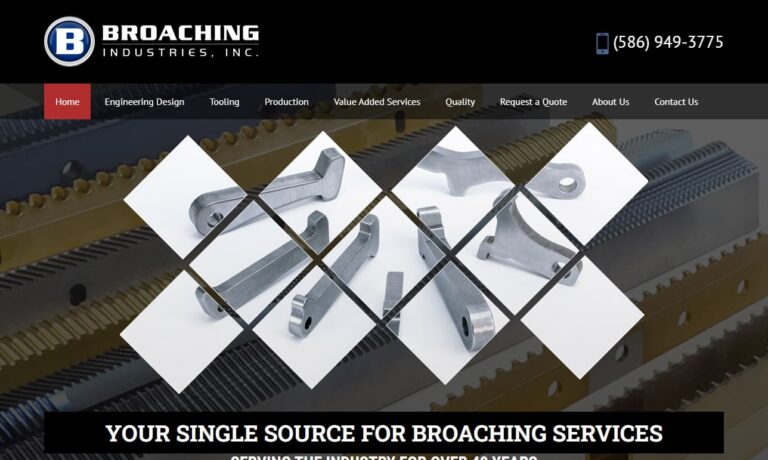
At Perry Technology Corporation, we take pride in our deep expertise in precision broaching and advanced manufacturing solutions. Over the years, we have built our reputation on delivering exceptional quality and consistency to industries that demand tight tolerances, complex geometries, and uncompromising performance.
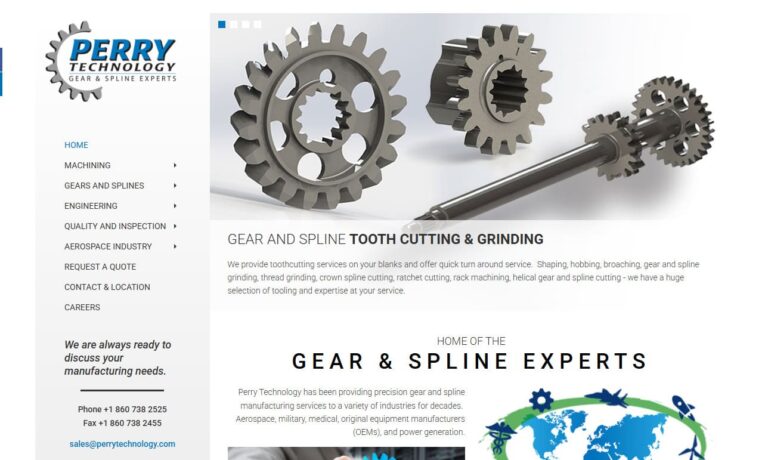
More Broaching Job Shop Companies
The production broaching done at broaching job shops is an exceedingly positive broaching characteristic, since many work-pieces are machined at once and this process takes only seconds to complete.
Since broaching requires no secondary operations and the machining process is so short, producing high volumes of industrial products like pulleys, gears, sprockets and the threading on screws takes little time.
Broaching machines are considered special purpose machinery because they are confined to very limited capabilities; many can only produce one or two different product designs. For this reason, facilities that use broaching machines usually specialize in a certain type of broaching, including blind broaching, external broaching or rotary broaching.
These processes machine work-pieces, usually made out of softer metals like aluminum, copper and brass, that when finished are used within the automotive, machinery, aerospace, commercial and military industries. Broaching machines produce several different shapes in metal, which alter the surface or are drilled straight through.
Types of shapes created by broaching machines include hexagonal, square, round, slots, splines and the most common cut, a hole with a keyhole-shaped profile called a keyway. Broaching is accomplished several different ways, including pull and push broaching. When a work-piece is pull broached, the broach tool, which is long and thin with successively larger teeth, is pulled through the part in a continuous motion. It can also be pushed through.
Rotary broaching is done on a lathe and the tool revolves at high speeds. Some broaching processes like pot broaching reverse the motion and while the tool remains stationary, the work-piece is moved with high force through it inside of a hollow housing called a pot.
Larger broaching job shops contain several of these machines, which are also able to stamp, cast and forge the work-pieces. While there are many different methods and styles of broaching, the main idea remains constant.
Every broaching machine, whether vertical or horizontal, contains one or more broach tools that contain teeth that cut out pieces of metal on the interior or exterior of the metal work-piece. They are automated and sometimes even part of a conveyor line system.

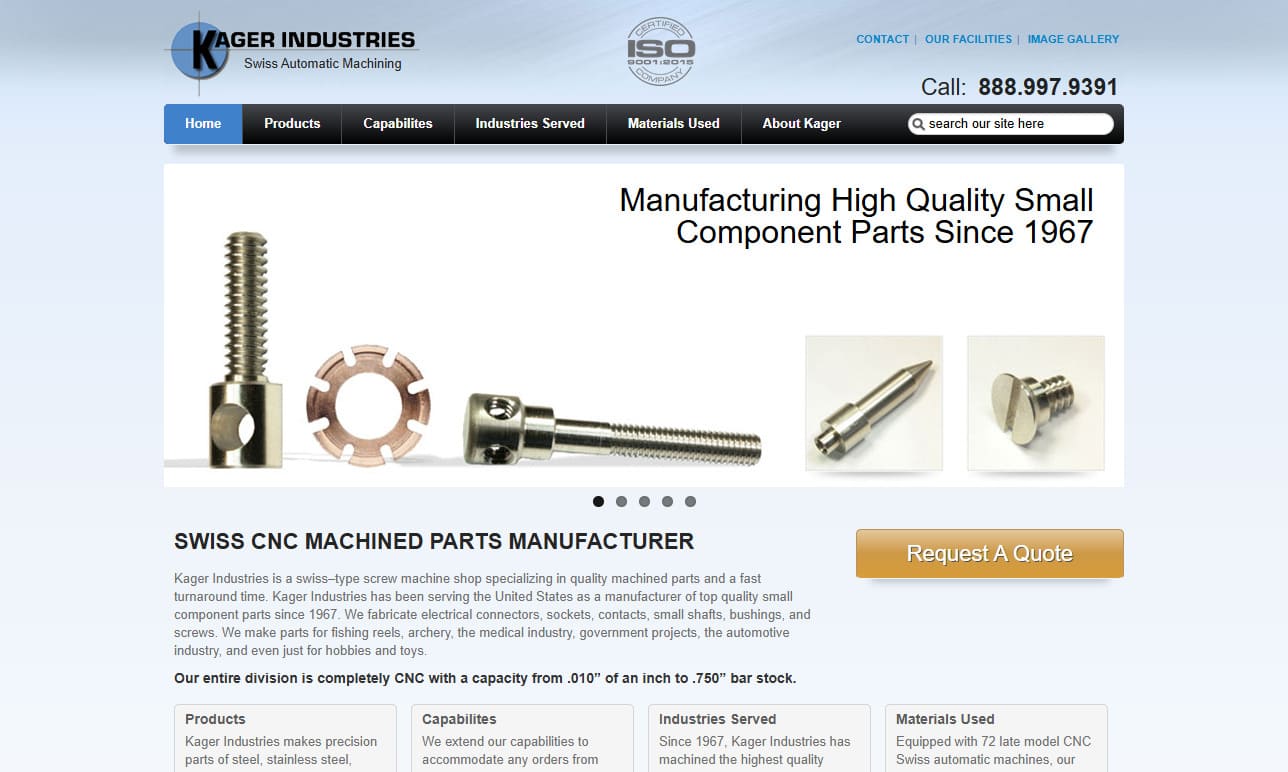
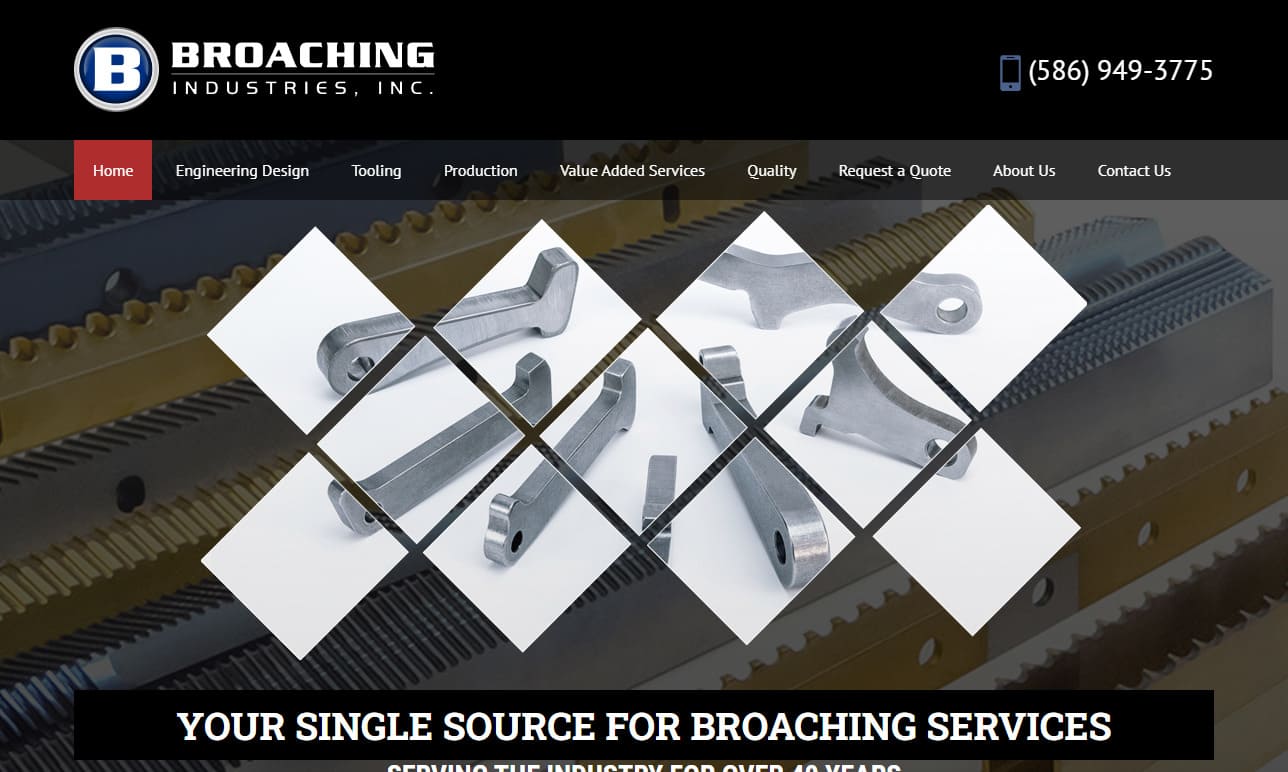
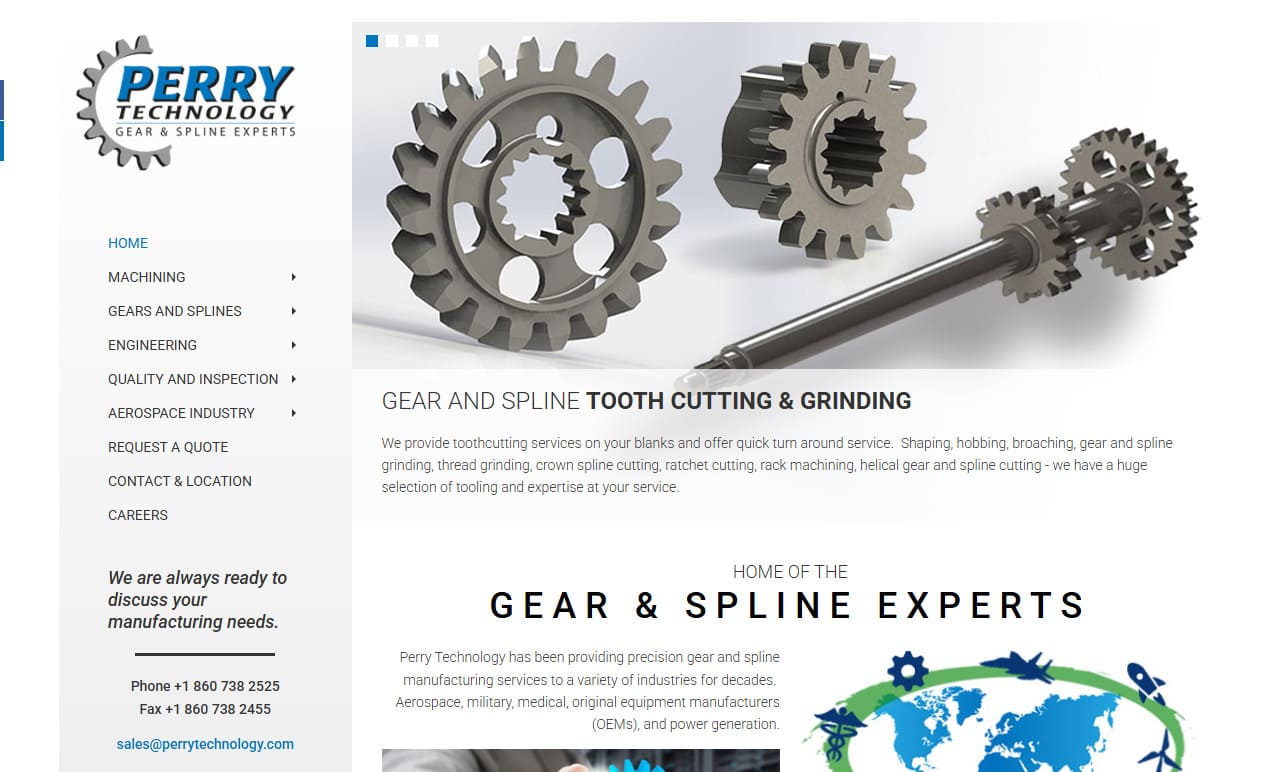
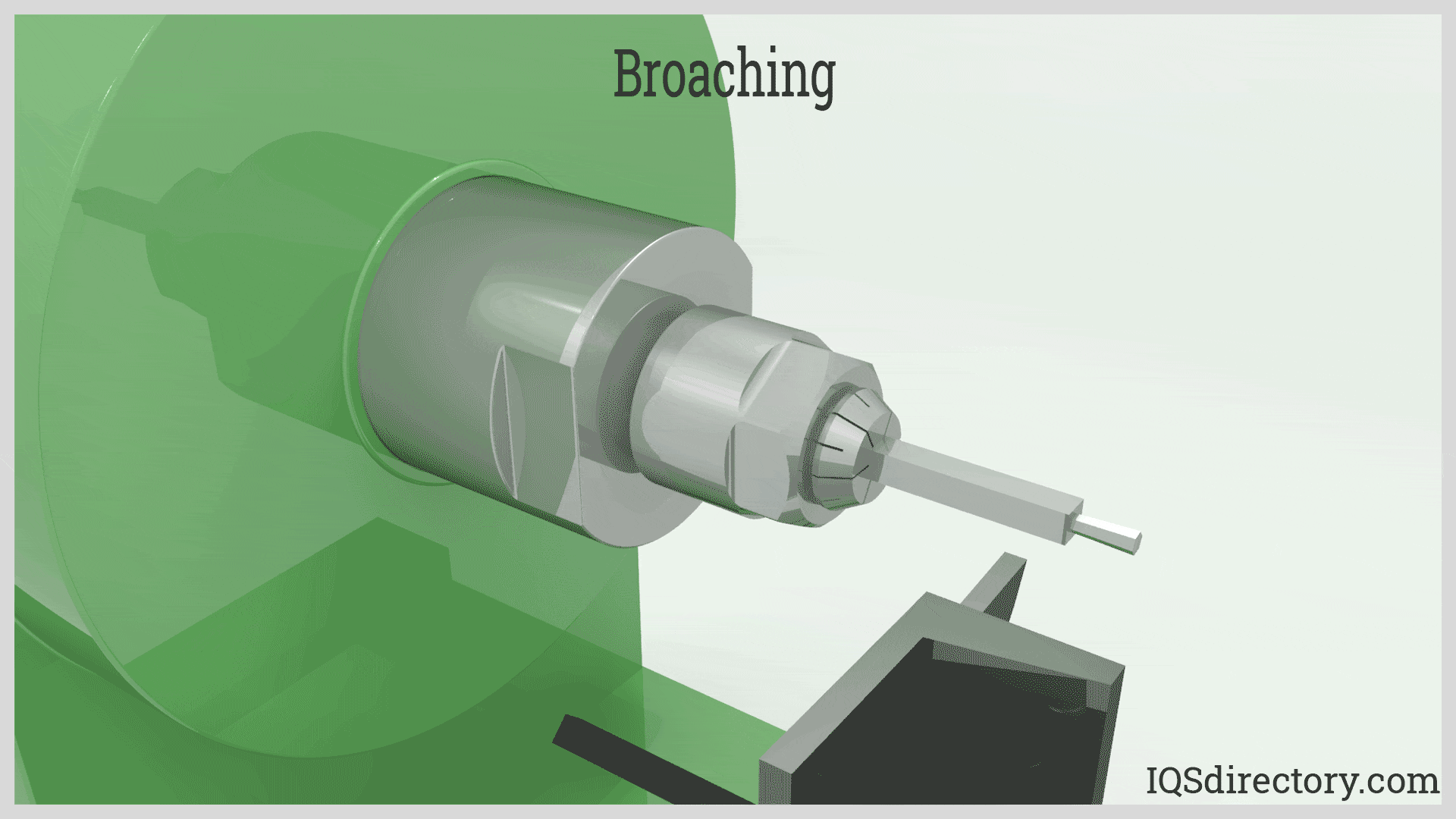
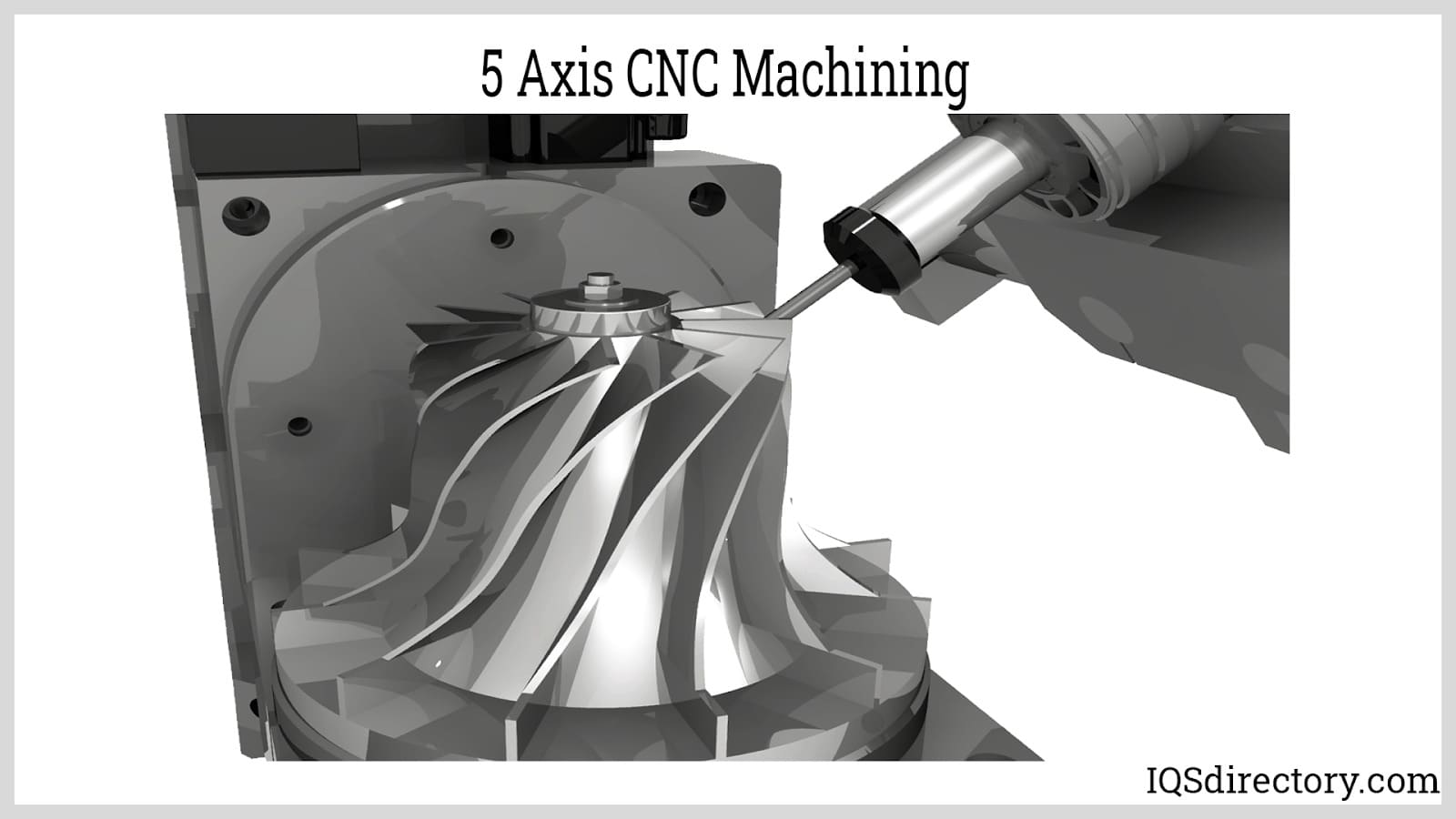
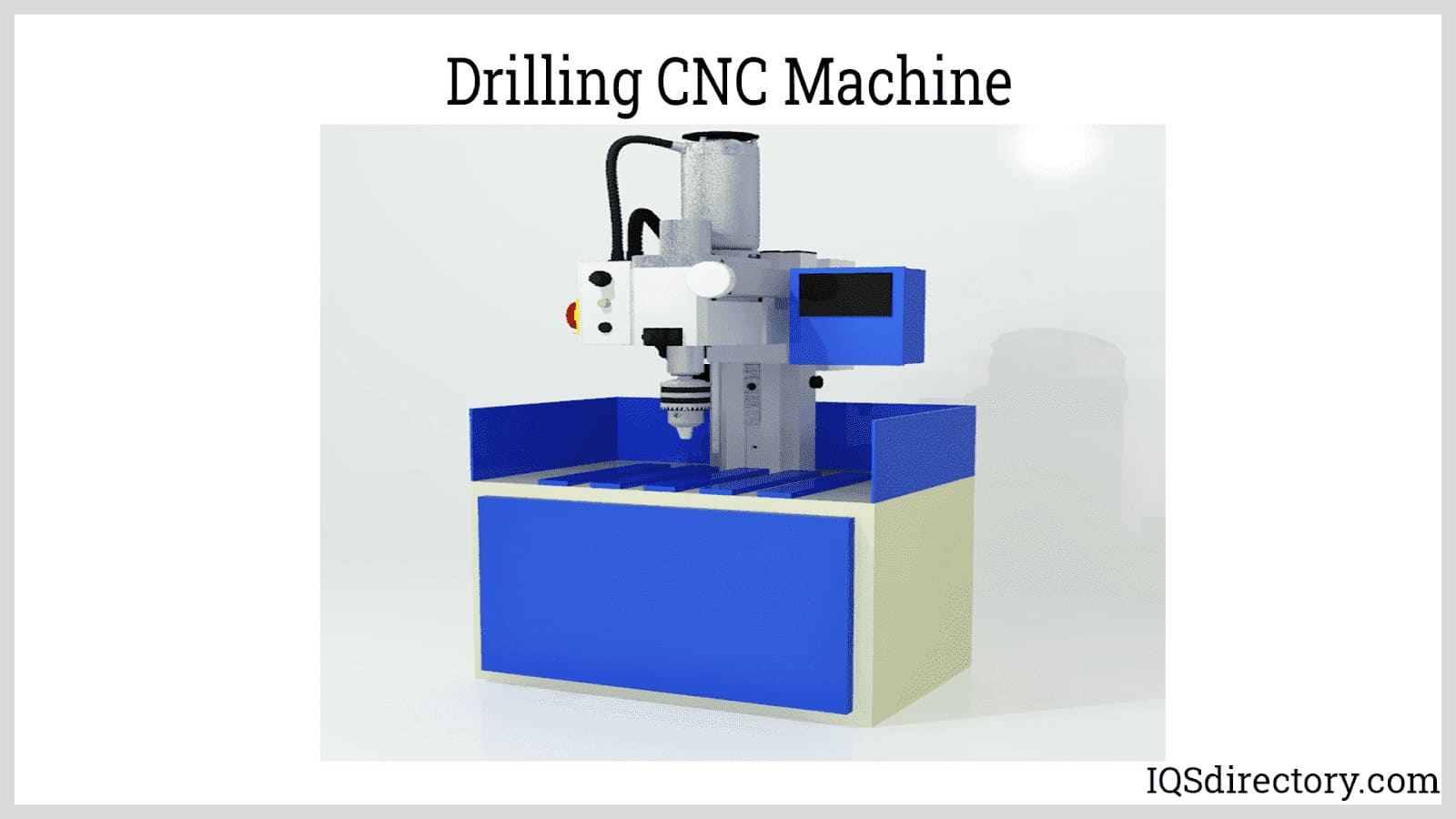
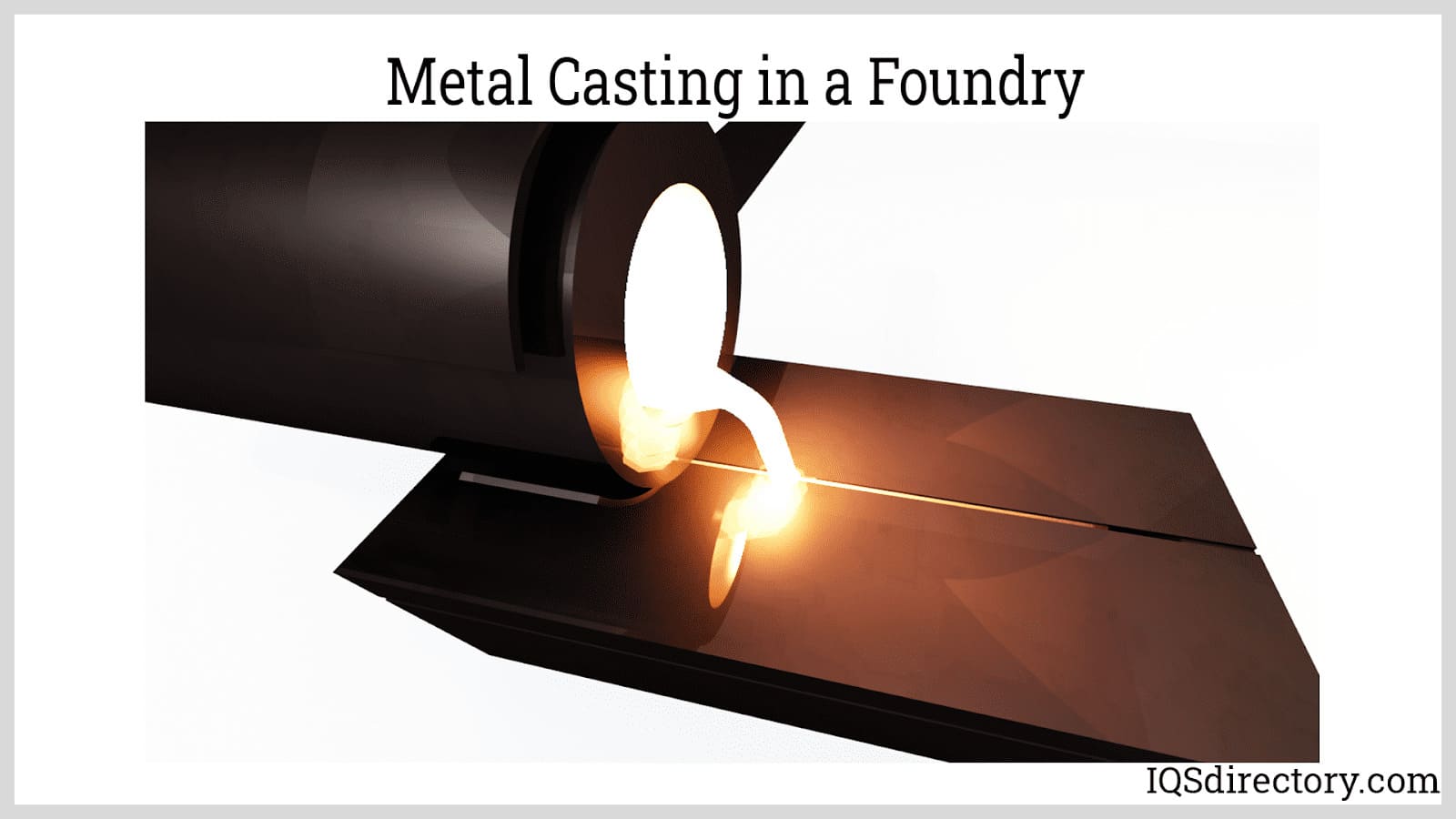
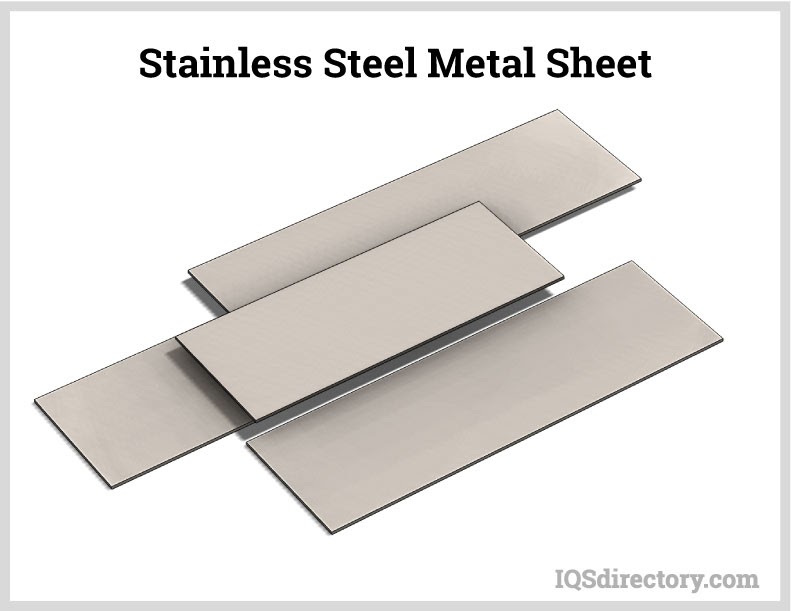
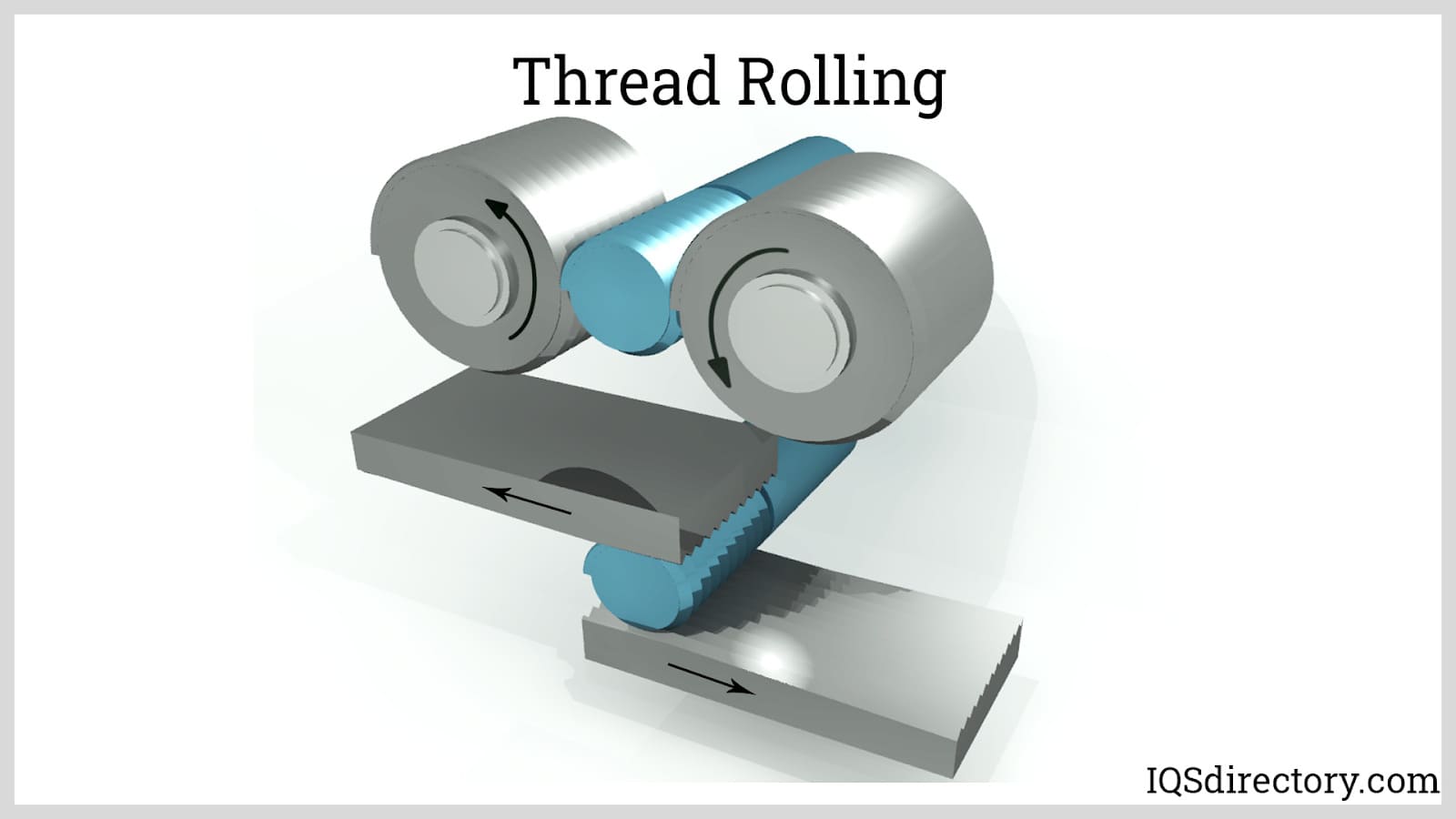
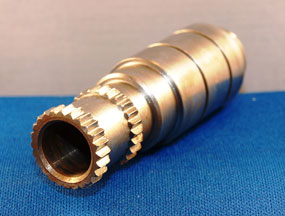 Broaching
Broaching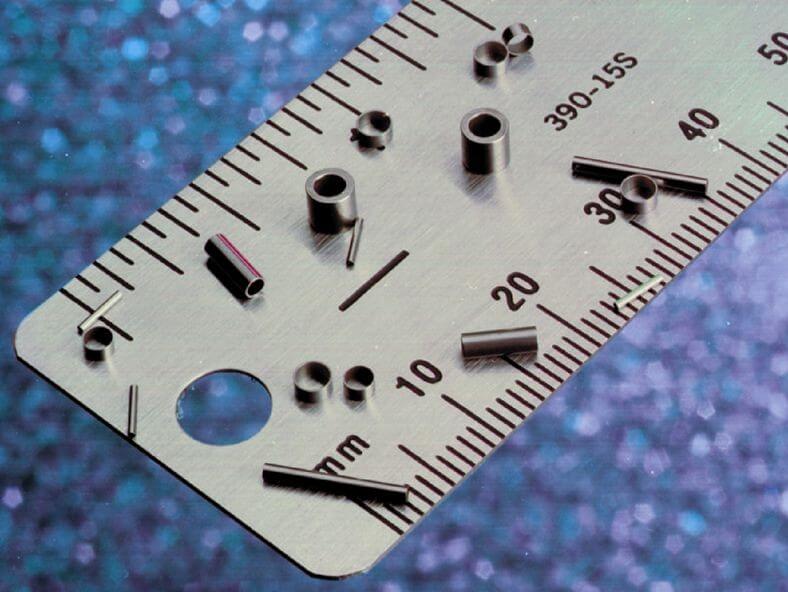 CNC Machining
CNC Machining Expanded Metals
Expanded Metals Laser Cutting
Laser Cutting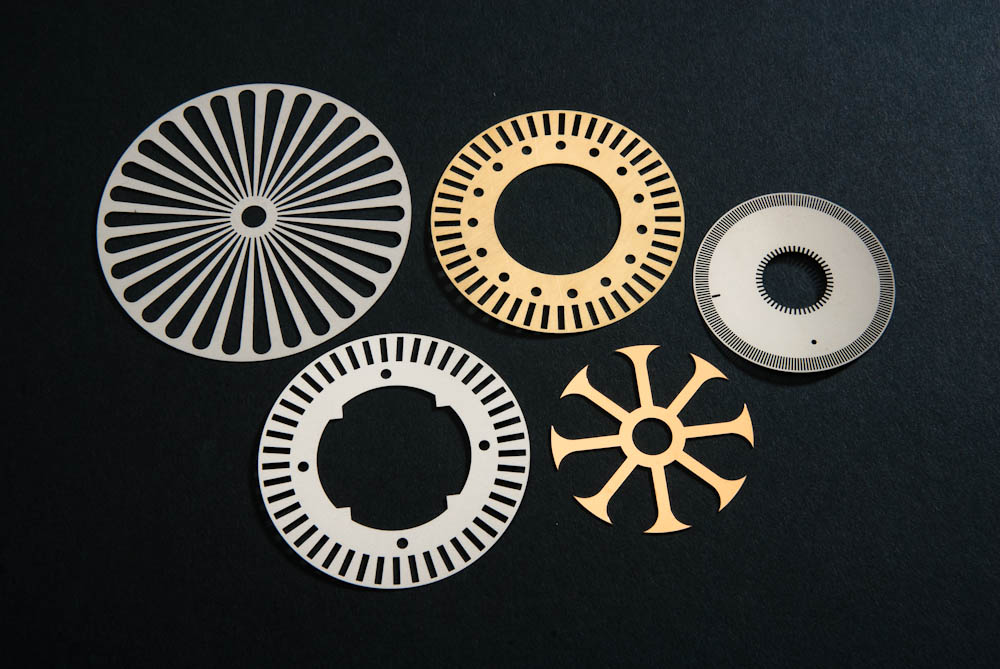 Metal Etching
Metal Etching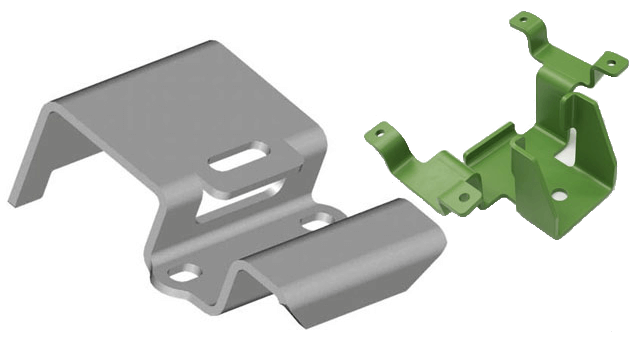 Metal Fabrication
Metal Fabrication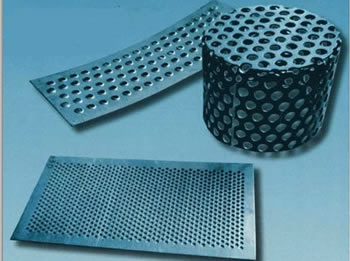 Perforated Metals
Perforated Metals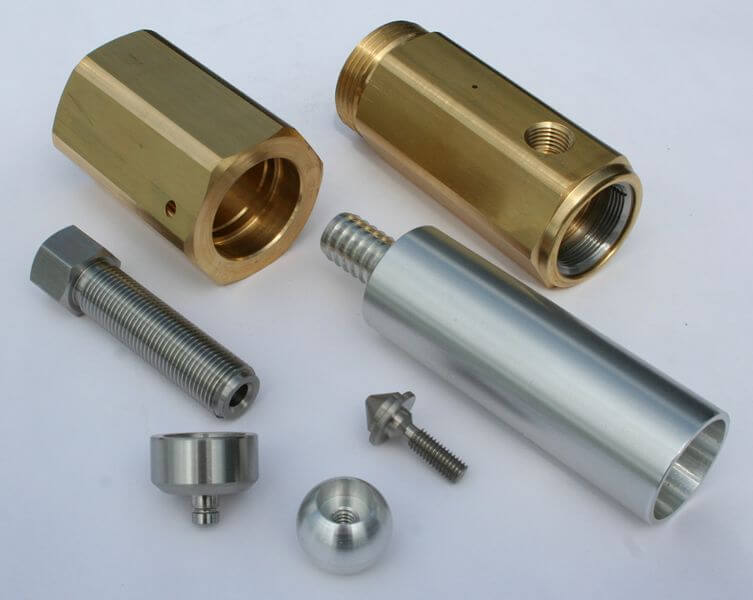 Screw Machine Products
Screw Machine Products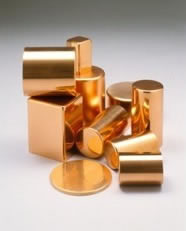 Metal Stampings
Metal Stampings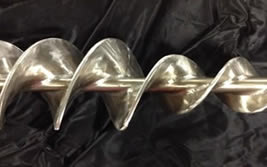 Sheet Metal Fabrication
Sheet Metal Fabrication Tube Fabrication
Tube Fabrication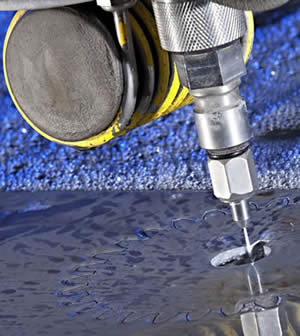 Water Jet Cutting
Water Jet Cutting Castings & Forgings
Castings & Forgings Bulk Material Handling
Bulk Material Handling Electrical & Electronic Components
Electrical & Electronic Components Flow Instrumentation
Flow Instrumentation Hardware
Hardware Material Handling Equipment
Material Handling Equipment Metal Cutting Services
Metal Cutting Services Metal Forming Services
Metal Forming Services Metal Suppliers
Metal Suppliers Motion Control Products
Motion Control Products Plant & Facility Equipment
Plant & Facility Equipment Plant & Facility Supplies
Plant & Facility Supplies Plastic Molding Processes
Plastic Molding Processes Pumps & Valves
Pumps & Valves Recycling Equipment
Recycling Equipment Rubber Products & Services
Rubber Products & Services